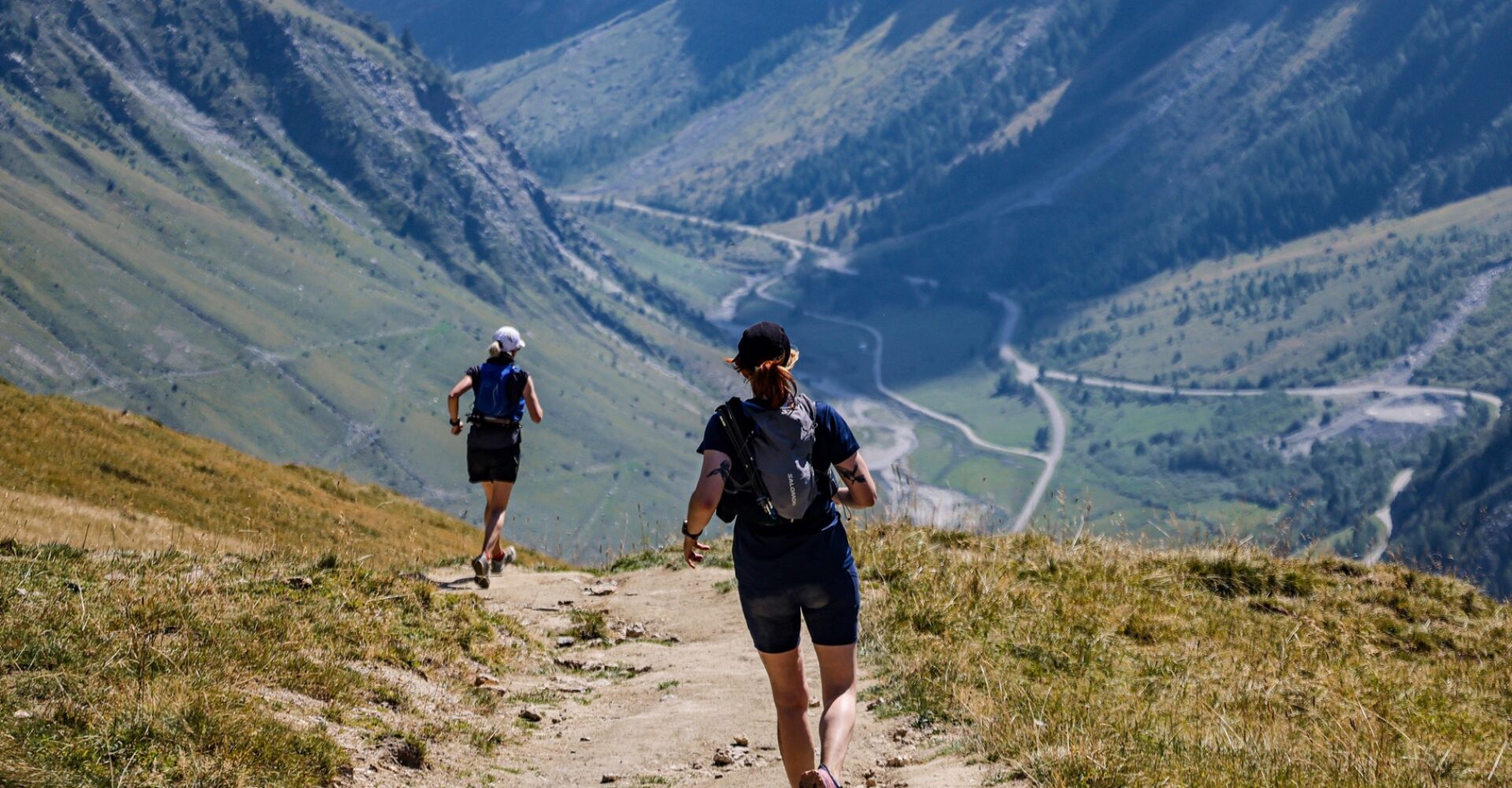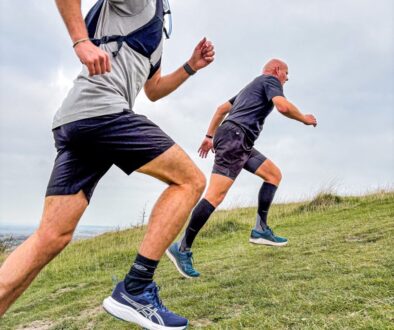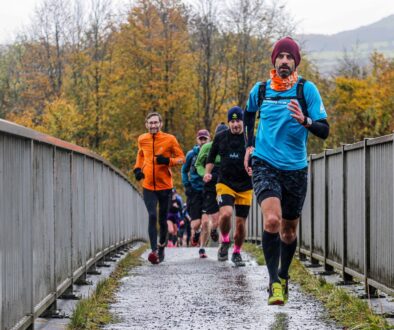Here are our tips, the short cuts, the inside tracks to enjoy mountain running to its max. Whether you are racing, taking part in a Run the Wild event or just exploring, remember these four Ts of mountain running!
Running in the mountains is an incredible experience and I still remember the first time I hit the trails in Chamonix many years ago. It’s a demanding environment on your body but the rewards are huge. There is nothing quite like dancing down a mountain trail with glaciers in your peripheral vision, mountain tops above you and lush green valleys below. Here are our tips, the short cuts, the inside tracks to enjoy mountain running to its max. Whether you are racing, taking part in a Run the Wild event or just exploring, remember these four Ts of mountain running!
Training
There are a few rules in life, if you want to run faster, you need to run faster and if you want to run uphill, you need to run uphill! Training for the mountains is going to be essential for not only maximising enjoyment but also for helping to remain injury free. Check out our guide to training if you live in flat areas.
There are some essential ingredients to training for the mountains and first off let’s dispel the myth that it’s all about the up. It really isn’t! It’s all about the down. That’s what will leave you struggling to walk the next day! Us, humans are adept at getting uphill and although you might not enjoy it, it’s less problematic than downhills.
My four key takeaways are:
– Include hill training both up and down repetitions
– Look at the profile of your event and emulate that during your training. I.e. is it one big hill or lots of smaller hills?
– Use strength and conditioning to get stronger legs and core especially plyometric exercises
– Strengthen your ankles check out these videos
Technique
These are just an extension of the techniques that we use in trail running. Except that you need to hone them more, especially for the downhill. Again, it’s the downhill and technical trails that catch people out. When I teach people downhill running, I often find they fall into two categories, those that need more control to get downhill and those that are overly cautious and need to speed up.
If you are the former, then there are a few things that will help, including reading our downhill techniques article, but essentially bend your ankles, knees and lower your centre of gravity. Stick your arms out to increase balance. Add in some running poles and you’re going to be like an indestructible off road machine.
If you are the latter and want to go quicker then here is the answer. Shorten your stride and switch on your core. Shortening your stride and creating a high cadence will make you less heavy on each footing, which brings stability. This will mean you can afford to be more upright. Switch on your core, by tilting your pelvis slightly back (as though you have a slightly sore back). There are two things that will happen now when you run downhill, the first is you will be quicker and the second is, your quads will feel it! That’s because you are no longer relying on your joints (see note above on training and keep practising!). We still use our arms for extra balance when needed.
Timing
Throw away those ideas of a PB, running mountainous terrain is nothing like running hills, roads or anything else really. A 5km here in the Alps can take an hour, whereas a 5km on the flat is a brisk walking pace. What’s the difference? 1km of vertical up and all those steep descents. Plus of course everything else mountains throw at you. Like negotiating a scramble, a river crossing, a super steep section, cows, landslide, snow and who knows what else. I think everyone should be thinking about their ‘kudos’ level for mountain running ahead of any timing aspirations. Did you descend gracefully? Were you under control? Did you make good decisions, adapt to the evolving weather, mountain conditions etc?
My first tip for this section, is to think more carefully about when to walk and when to run up hill. If you want to get quicker and stronger then you need to work out what is best on what slope angle. Sometimes it’s just as quick to walk as it is to run, and sometimes not. Find out when that is and improve on it.
My second top tip is to look at vertical speed when you are ascending. Pace (horizontal) is meaningless when you could be climbing for an hour and the distance will be less than 2km. Set up a screen on your watch with vertical speed, average vertical speed, elevation gain and current elevation. This will keep you motivated, and you’ll know where you’re near the top, plus you’ll get to learn your climbing speeds.
Tools of the trail
AKA kit
First up, trail shoes. I’ll never stop saying that trail shoes are essential for the trail, and you might be wondering why, well check this article out here.
Second you will always need a waterproof jacket, just like trail shoes, whatever the weather, always.
Third get a pair of photochromatic sunglasses. These change with the level of sunlight intensity. The sun is extremely strong in the mountains, thinner air, higher UV index, and let’s face it, more likely to be seen than in the maritime climate of the UK. The photochromatic aspect comes into its own when you are constantly in and out of wooded paths, so you never take them off. Great for stopping bugs getting in your eyes too.
Fourth, invest in a pair of running poles, they really work! Check out our article on running poles here.
Finally, before running downhill, retie your shoelaces or if you are wearing BOAs tighten up the dial. This will give you more control and stop toe bang on the descent.
Summary
Mountain running is one of the best ways to enjoy mountains. The added risk and remoteness give rise to added adventure, adrenaline and incredible memories. Just remember it’s not about your times, far better to have fun, take some photos and run safely. See you out there!
Written by Simon James (Alpine Running Guide and International Mountain Leader) first published in July 2022



